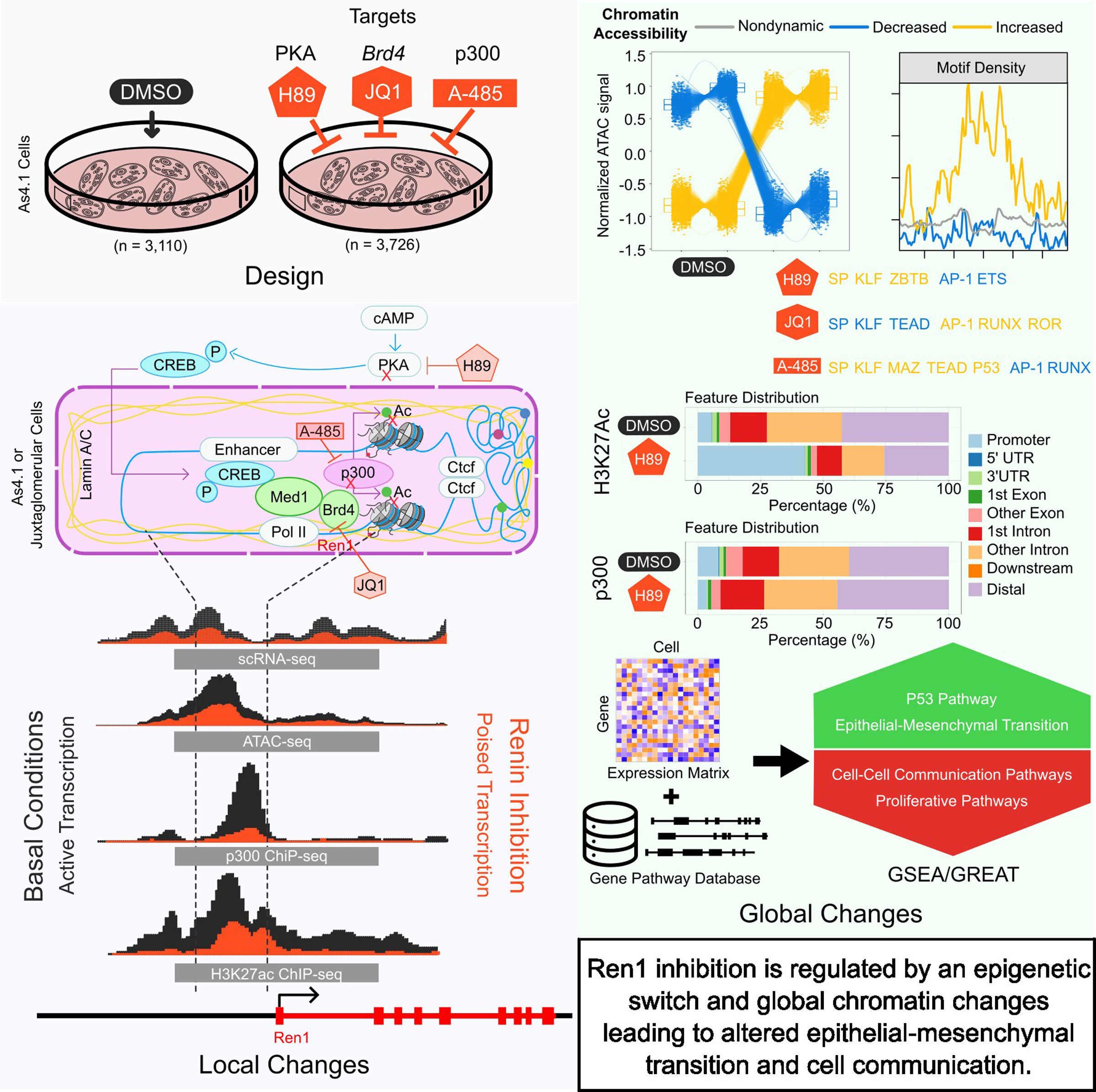In a first-of-its-kind study, research from the University of Vermont Cancer Center has linked phthalates, commonly called the “everywhere chemical,” to higher incidence of specific childhood cancers. \
Phthalates are chemical additives used to enhance the durability or consistency of plastics and a wide range of consumer products. Humans are routinely exposed to these compounds when they leach out of the products and into the environment. They are also used as inactive ingredients in some medications, especially those that require extended or delayed drug release to work properly, for example, some anti-inflammatory drugs and antibiotics.
The study, published in the Journal of the National Cancer Institute, suggests that exposure to medication-associated phthalates may contribute to the development of some childhood cancers, and that minimizing exposure to phthalates may help prevent some childhood cancers in the future.
The study measured the association between gestational and childhood phthalate exposures and childhood cancer incidence. Lead investigator Thomas Ahern, PhD, MPH, an associate professor at the University of Vermont’s Larner College of Medicine, teamed with colleagues at Aarhus University and Odense University Hospital in Denmark. Using data from the Danish Medical Birth Registry, the Danish Medicines Agency, and the Danish Cancer Registry, all supported by the country’s universal healthcare system, investigators studied all live births between 1997 and 2017, totaling nearly 1.3 million children.
Among the 2,027 cases of childhood cancer, researchers measured associations between gestational and childhood phthalate exposure and the incidence of specific cancers.
Childhood, but not gestational (in utero) phthalate exposure was associated with 20% higher rate of childhood cancer overall, with a nearly three-fold higher rate of osteosarcoma diagnosis, a bone cancer, and a two-fold higher rate of lymphoma diagnosis, cancer of the blood.
“These results add to a growing body of evidence suggesting that these ubiquitous chemicals have a negative impact on human health,” said Ahern.
“Our study characterized phthalate exposure based on prescription fills for phthalate-containing medications. While such exposures are typically much higher magnitude than what we would call ‘background’ environmental exposure, our findings warrant concern,” he said.
Fellow Cancer Center member, American Association for the Advancement of Science (AAAS) fellow, and UVM Larner College of Medicine professor Frances Carr, PhD, notes that phthalates are now recognized endocrine disruptors because they interfere with hormonal systems and may affect thyroid function. “Although more studies are needed, exposure to phthalates has been linked to thyroid, breast, and other solid tumors. Phthalates, like other plasticizers such as bisphenol A (BPA), are ubiquitous in the environment; age of exposure, as well as chronic low dose exposures, are significant risk factors for adverse health effects,” said Carr.
“While no direct correlation has been made between phthalates in our region and increased cancer risk, this study highlights the importance of environmental exposures and their relationship to cancer risk,” said UVM Cancer Center director Randall Holcombe, MD, MBA. The study’s authors suggest that future research will explore which specific phthalate (or combination of phthalates) poses the greatest risk, and by what mechanism(s) phthalates might drive risk of osteosarcoma and lymphoma. “Ultimately, research like this will lead to a better understanding of how to mitigate the risks of environmental phthalates,” said Holcombe.

